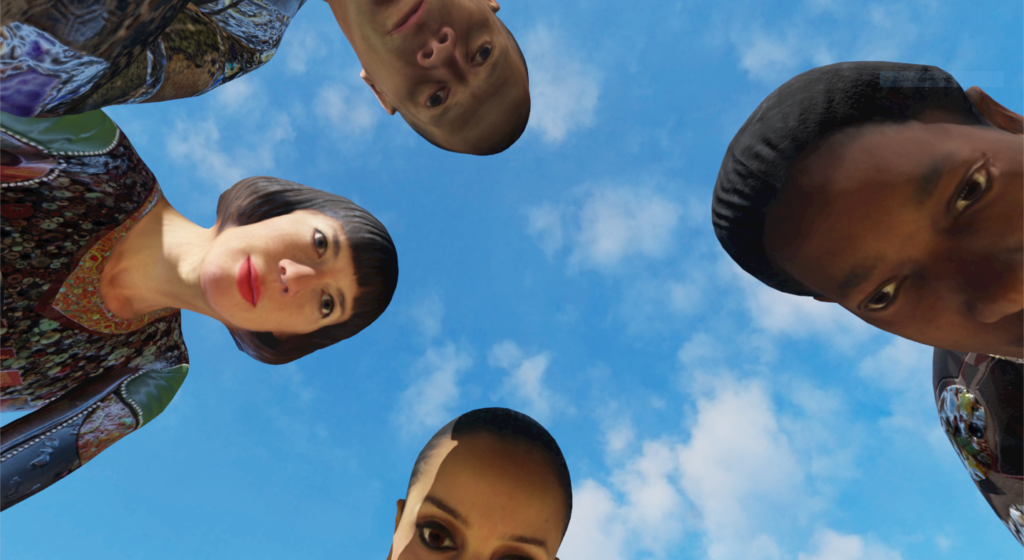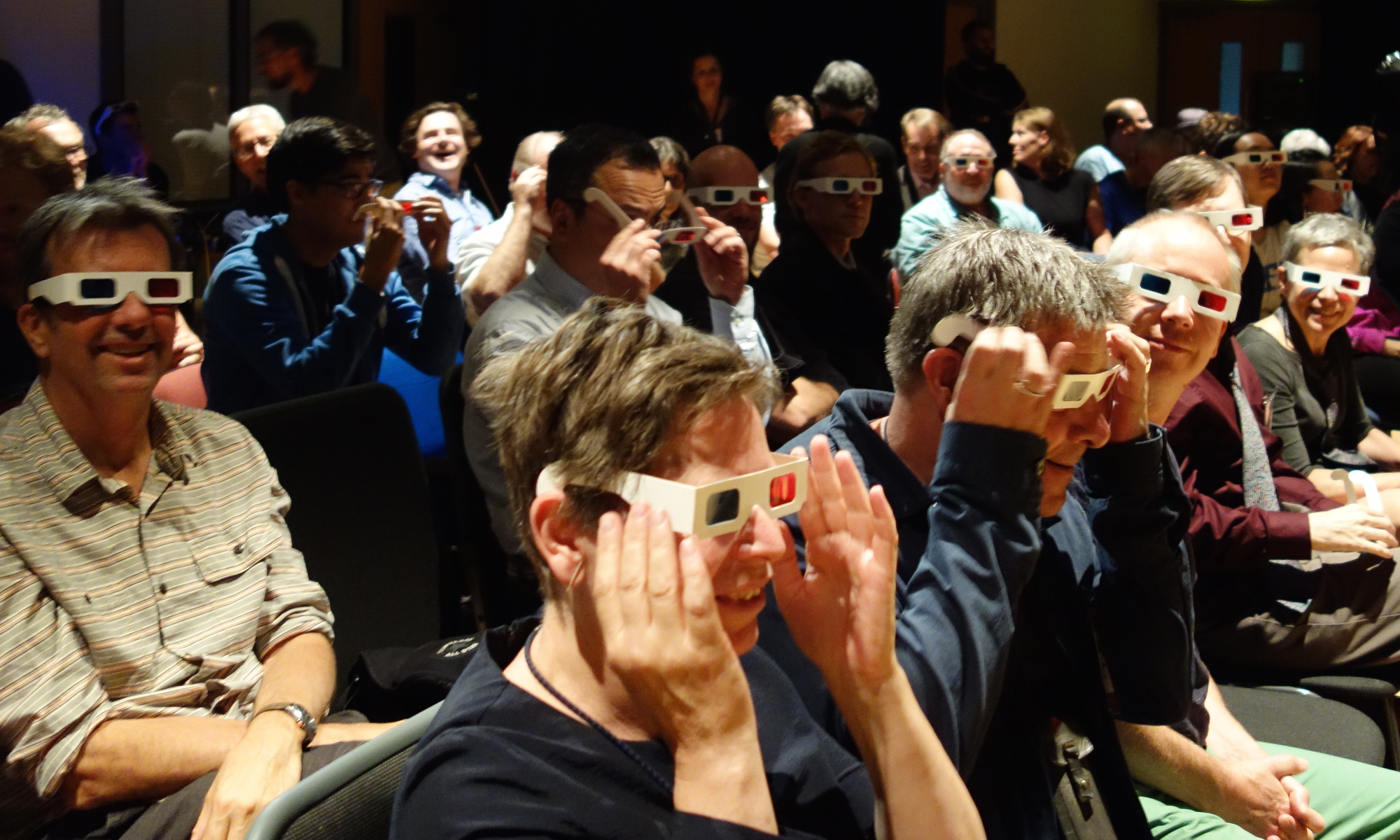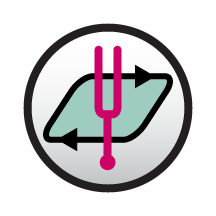
After the 2010 El Mayor Cucapah 7.2 magnitude earthquake in northern Mexico, seismologist Alejandro González Ortega interviewed Don Chayo, a Cucapah native who witnessed the surface rupture. When Don Chayo drew parallels to the origin stories of the Cucapah people, González began to wonder if these stories may have recounted earlier seismic events that had been passed down over the generations.
Over the next several years, González and his colleague, choreographer/physicist Minerva Muñoz, created a performance piece based on 3D seismological data collected by 12 measurement stations during the event. Muñoz enlisted the help of composer Carla Scaletti to map the data to sound using Kyma and artist David Olivares to map the data to video using Unity.
As Muñez and González conducted further research and interviews with the Cucapah elders, a much more disturbing story began to emerge — that of a displaced people whose livelihood was being cut off and whose very language was being forgotten. What had originally been intended as a science/art collaboration about seismic activity began to morph into a deeper metaphor for displacement, disruption and loss.
The result — Wà Shpá, A journey in bare feet — is a poem in movement, images, sounds and words that explores pilgrimage, displacement, change, the relationship of humans with the environment, transformation and resilience.
The sound and visuals were created from seismological data and satellite geodesics of the El Cucapah Mw 7.2 earthquake that occurred on April 4, 2010. Consistent in many details with the cosmogony myths narrated by Don Chayo that had been passed down over generations, El Mayor-Cucapah Mw 7.2 was the most intense earthquake recorded in this region over the last century.
Wà Shpá, A journey in bare feet is an elegy to the ancestors and to the women and men of today; to the people of the river, of the earth, fire and wind. It is a glimpse into a universe in which animals are gods, and meaning is associated with each of the four cardinal directions, colors, the power of nature and of the land.
“Cosmogony of an Event, El Mayor Cucapah Mw 7.2” is an inter and trans disciplinary dialog of artistic creation and research combining the myths of Cucapah cosmogenesis and the scientific studies of El Mayor-Cucapah Mw 7.2, weaving a network of collaboration, tradition, scientific research, knowledge and experiences, but above all, creating a dialog between scientists, artists, native community, collaborators and the general public who participate in this live performance/ritual.
Direction, stage creation and interpretation: Minerva Muñoz *
Production: Alejandro González, Minerva Muñoz / La Machina Productions
Scenic Advisor: Jorge Folgueira
Lighting: Minerva Muñoz
Composition and sound design: Carla Scaletti
Visual Art: David Olivares
Video: Marco Meza, Rommel Vázquez
Aerial Video (drone): Alejandro González
Photography: Alfredo Ruiz and Rommel Vázquez
Science: Javier González-GarcÃa and Alejandro González
Audio Engineer: Rommel Vázquez
Scenography: Leoncio GarcÃa
Makeup: Rosario MartÃnez
Lighting technician: Miguel Tamayo
Communication and networks: Stephanie Lozano
Support: Juan Sánchez










